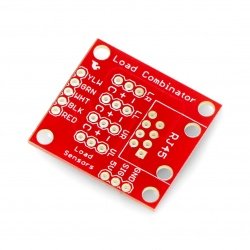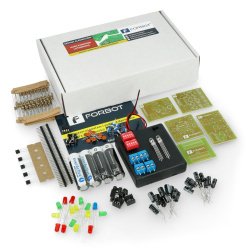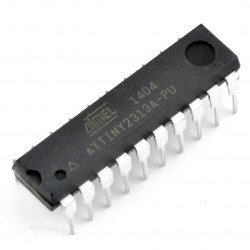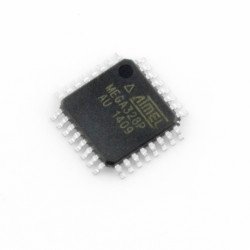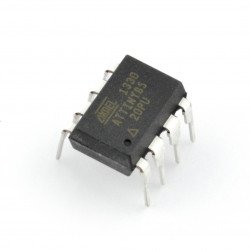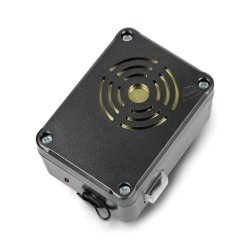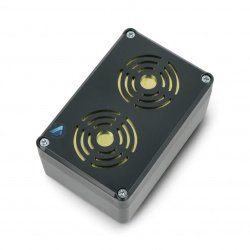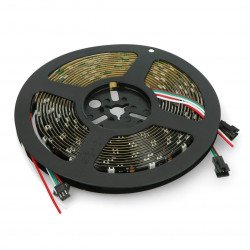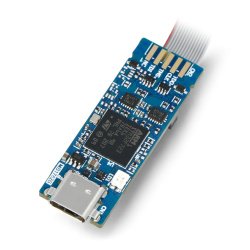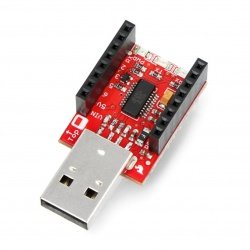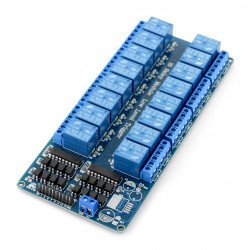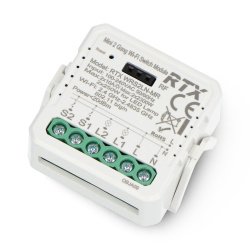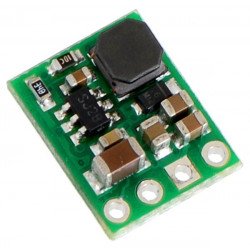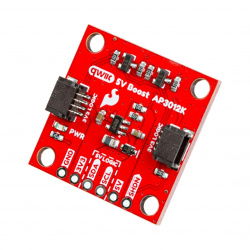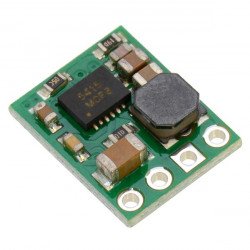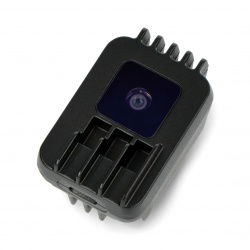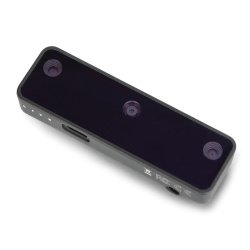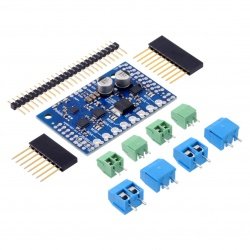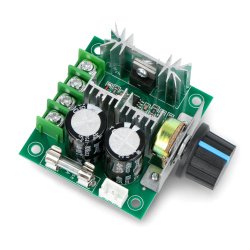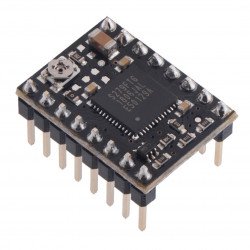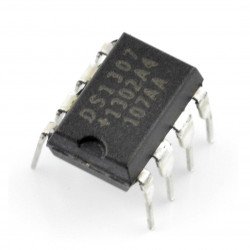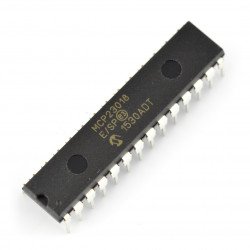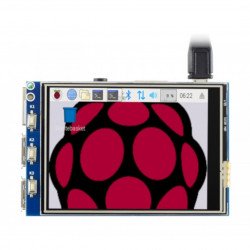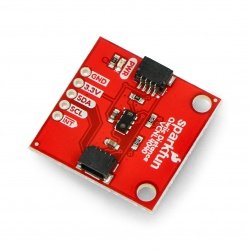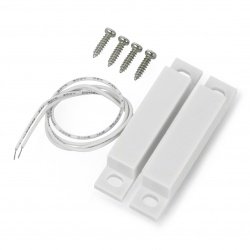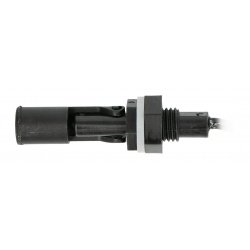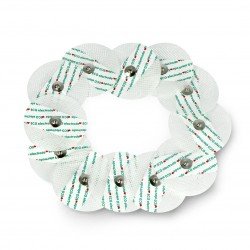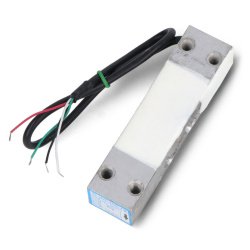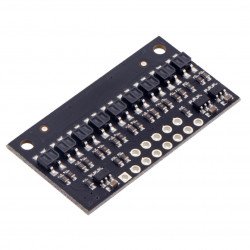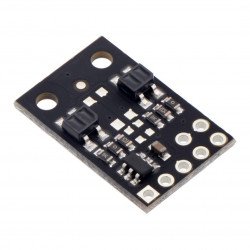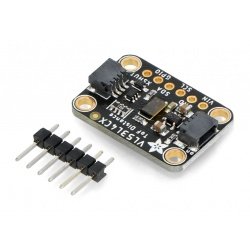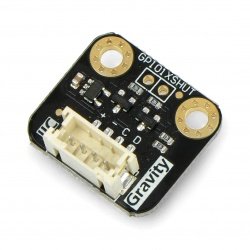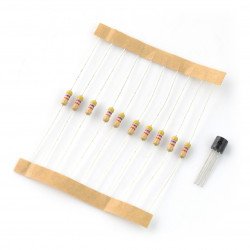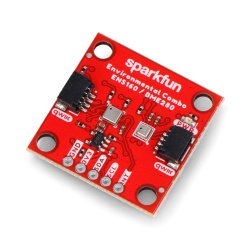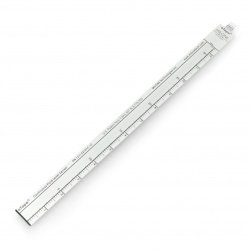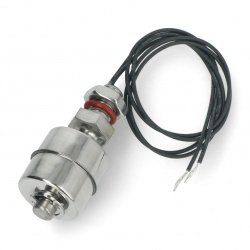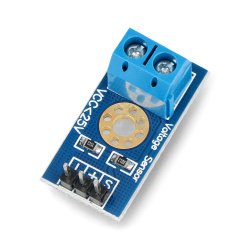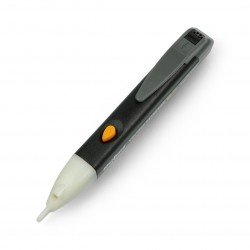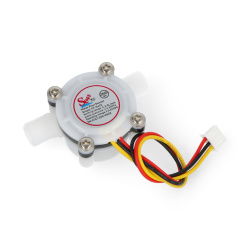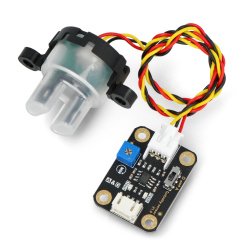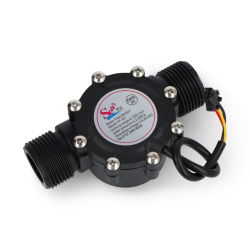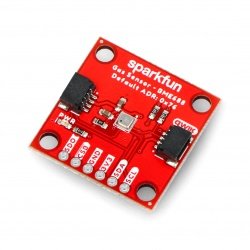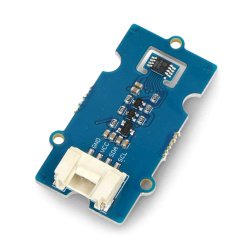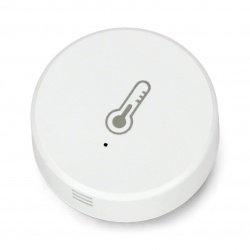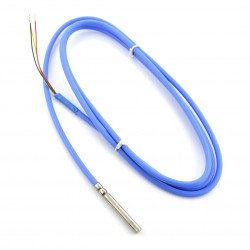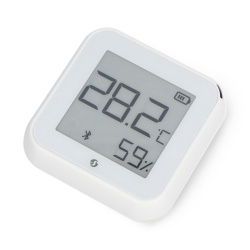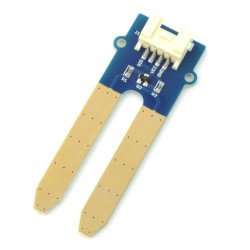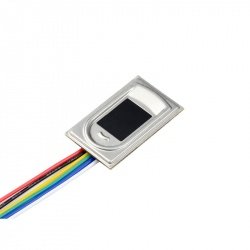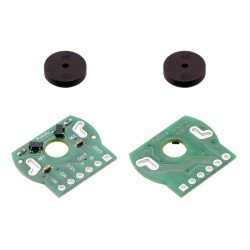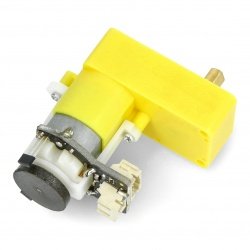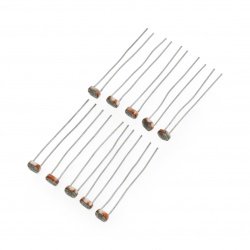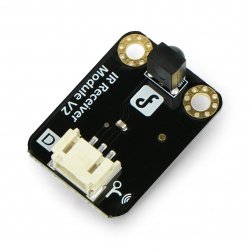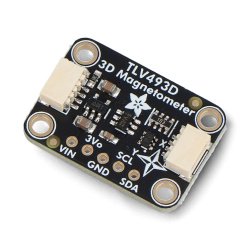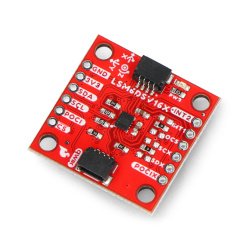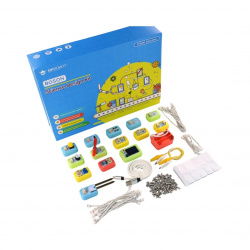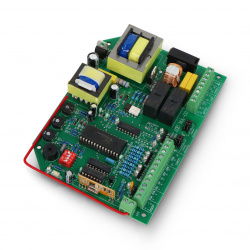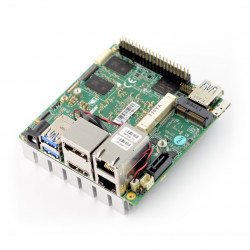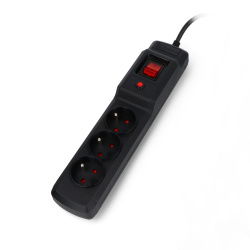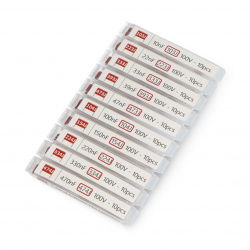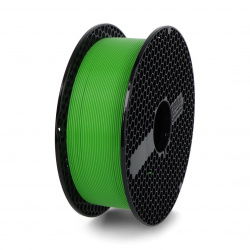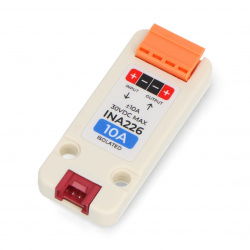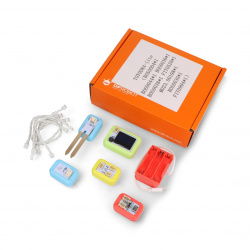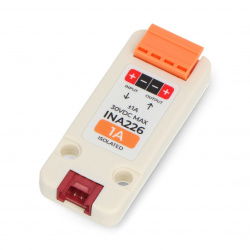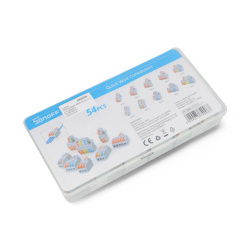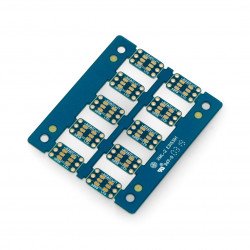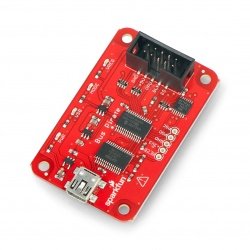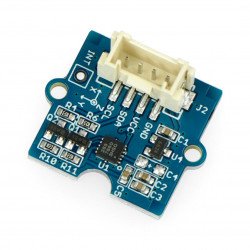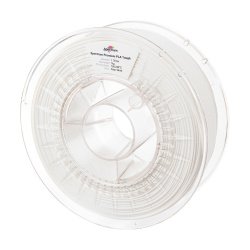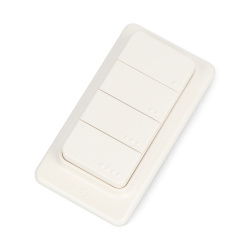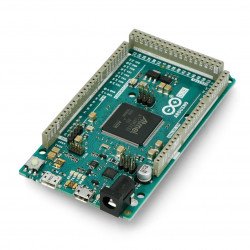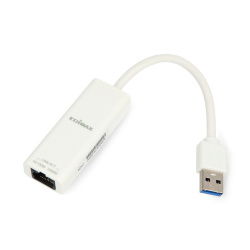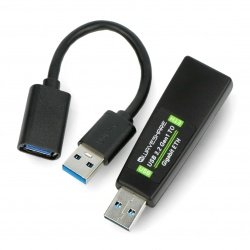Adaptery sieciowe przenośne
PoE splitter - single-port splitter - 5V / 2,4A
One-port PoE splitter allows to power devices with 5 V DC using the current network installation. It supports PoE IEEE 802.3at/af standards. The connectors are DC 5.5 / 2.1...Adapter USB 3.2 - Gigabit Ethernet - Edimax EU-4306 V2
Adapter that allows you to extend a computer or other device with a Gigabit Ethernet port and connect it to a wired network . The USB 3.2 standard used in the EU-4306 V2...- Sale
- SPECIAL OFFERS
USB 3.2 to Ethernet Gigabit adapter - Waveshare 20162
Waveshare adapter which allows you to get Gigabit Ethernet port from USB 3.2 port. The device created by Waveshare allows you to reach full-fledged Ethernet port with...See also
USB-Ethernet Adapters
Over the past two decades we have become accustomed to the presence of Ethernet connectors in mobile computers. However, the most modern laptop models are more and more often deprived of this kind of interface - usually due to very thin chassis, as is the case with ultrabooks. Although some manufacturers managed to cope with this limitation, using special designs of connectors, which use a tiltable, spring-loaded flap integrated with the computer case, this solution would not work in case of the thinnest laptops. In such situations, the help comes from Ethernet adapters, connected to the USB C port. They take the form of small, elongated adapters, equipped on one side with a RJ45 type network socket, and on the other side with a USB C plug connected on a short cable. What is important, many operating systems offer support for such adapters without the need to install dedicated drivers. This is especially important for users of various Linux distributions, who are usually concerned about the compatibility of new devices with the used "Penguin" distribution.
Internet from 230V socket - AV600 network transmitters
TP Link has met the expectations of customers who want to minimize the amount of work involved in the development of computer networks. WiFi range - especially in modern 5 GHz technology - decreases dramatically with subsequent obstacles on the way between the router (or other access point) and the end device (e.g. computer). In many cases the solution to the problem will be transmission of network data through... 230V electrical installation. It is possible thanks to the technology based on the principle known from power line communication (PLC) systems - a small, fast changing voltage signal is somehow "let in" to the network by the transmitter and thanks to that it is available within the whole power system in the premises (to be more precise - within circuits connected to the same phase). Because the data signals lie in a much higher frequency band than the power line waveform (50 Hz) with its higher order harmonics, the voltage modulation by the data signal does not interfere with power supply circuits. To create the network it is enough to use a pair of TP-Link TL-PA4010 devices and two network cables (patchcords). The system provides 128-bit AES encryption, so the user can feel safe - the data cannot be "overheard" by other power consumers in the network.
PoE splitters - a simple solution for many applications
A big problem in the case of distributed Ethernet networks is powering the devices installed in places without access to 230V mains. A perfect example would be outdoor or even indoor IP cameras - while most of them can transmit data via WiFi network, the problem of power supply still remains. The solution to the problem for installers of such systems is PoE technology, allowing simultaneous power and data transmission over the same Ethernet cable. However, many devices (especially older ones) do not support PoE technology, requiring power supply from a conventional cable with DC or (micro) USB connector. In such cases PoE splitters come to the rescue - small devices allowing to lead out "pure" network link and separate power supply cable with 5 VDC, 9 VDC or 12 VDC voltage. What is important, some of the splitters - e.g. the brand-name TL-POE10R from TP Link - ensure connection speed up to 1 Gbit, so the throughput of such a system is limited only by the communicating devices.




















































































